1. Analysis
We analyze the facility to determine the most effective actions that can be taken by building operators and end-users to save energy and water. We also conduct a needs assessment to gain an understanding of the resource use cultures present. In this phase we gain a thorough understanding of the facilities and cultures present, which allows us to design an effective Behavioral Energy Management program.
2. Design
We work closely with the facility administration to ensure that programming is targeted and effective. We collaborate on development of energy policies during this phase, which then provide the foundation for recommended behavioral actions. Marketing, outreach, training, and program monitoring approaches are developed during this phase.
3. Implementation
Training: This emphasizes a people-controlled environment that adds to the system-wide energy savings, while giving employees a vested interest in this savings. Customized educational materials are developed to reinforce messaging. Facility energy policies form the foundation of the training and are discussed in detail, allowing the dissemination of this information to all staff.
If training is delivered in conjunction with an energy retrofit project, an overview is provided of the equipment to be installed and the benefits these improvements will provide. By providing this information, the administration builds acceptance and support for the project while staff receive credible communication and have the opportunity receive answers to their questions.
Operations and Maintenance (O&M) Staff Training: This program is focused on actions O&M staff can take to integrate energy efficiency and conservation into their daily and periodic routines. Training can take the form of brainstorming sessions or direct instruction and are developed in collaboration with O&M staff administrators.
Marketing and Promotion: The overall aim of the program is to deliver a dynamic campaign throughout the system. The marketing and promotion aspects of the program ensure that the community is reached with a consistent message through multiple outlets. Web-based outreach is utilized, along with social media and print materials, to provide outreach as well as space for community members to gain information and give feedback related to energy use. Events can be scheduled that include tabling, informational displays, guest lectures, and media events that build excitement about the program.
4. Monitoring
In addition to the performance of the buildings, the behaviors within the buildings are monitored. Utility data is monitored over the duration of the program to evaluate the effectiveness of the program. Building monitors are often designated gather information on behaviors that affect energy and water use. Monitors can also take direct action such as shutting down lights and equipment. The information provided by monitors is important to the ongoing effectiveness of the program.

